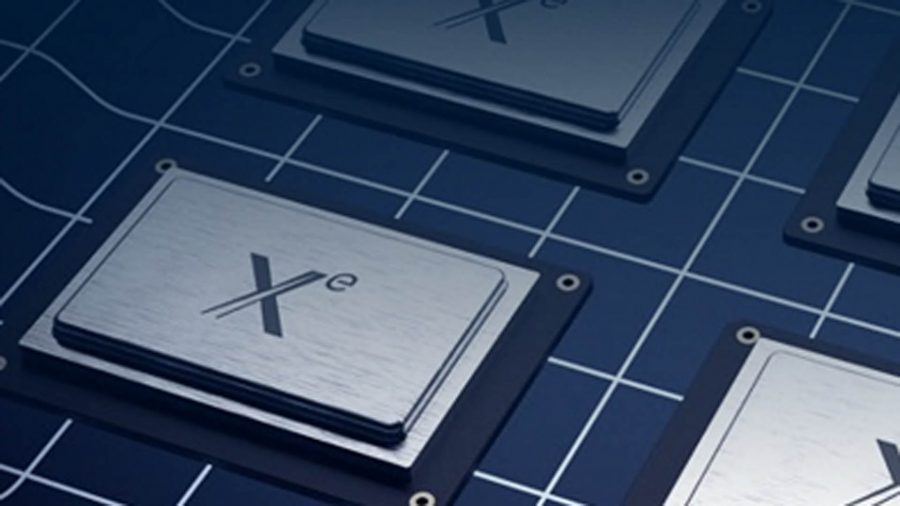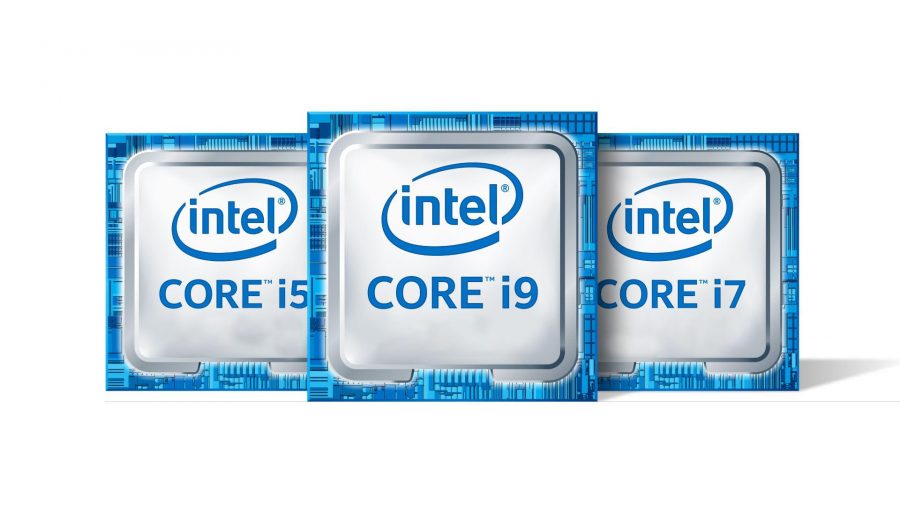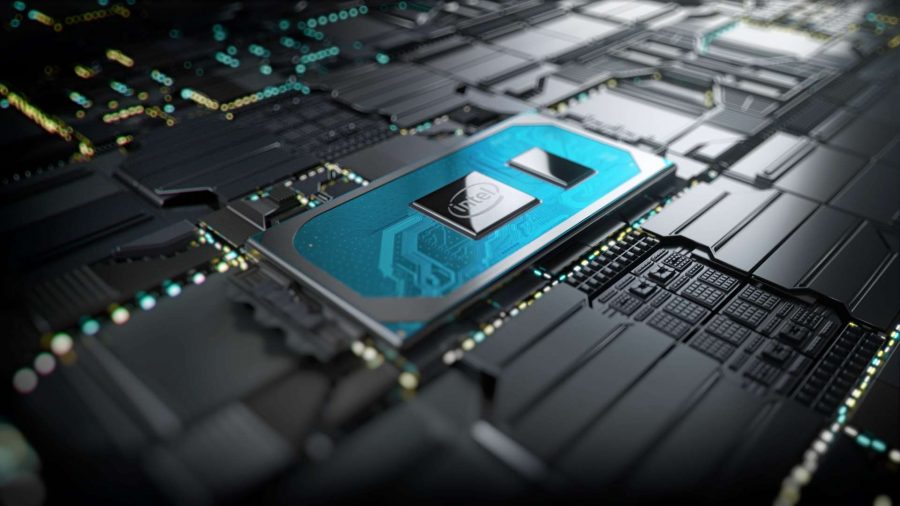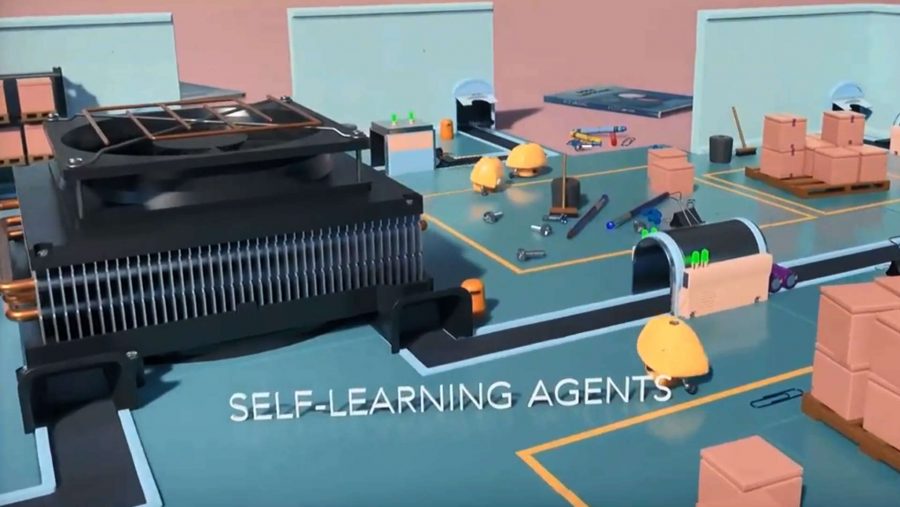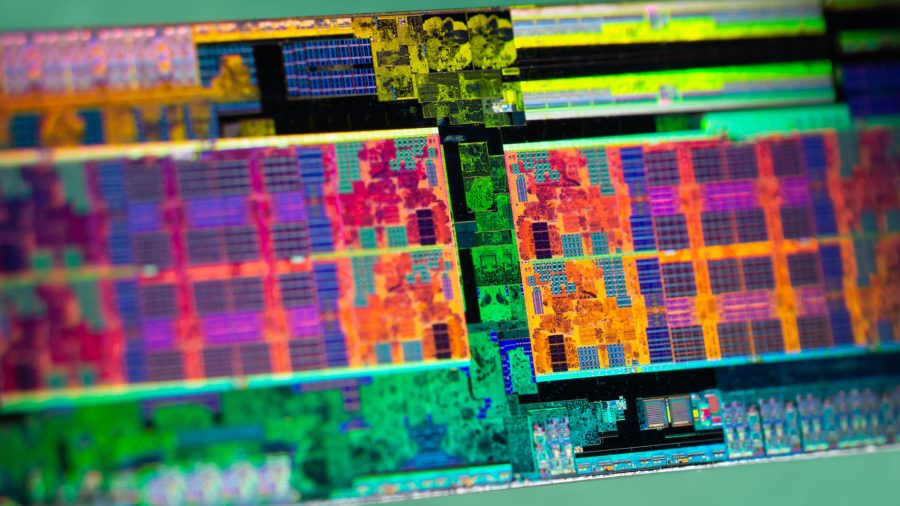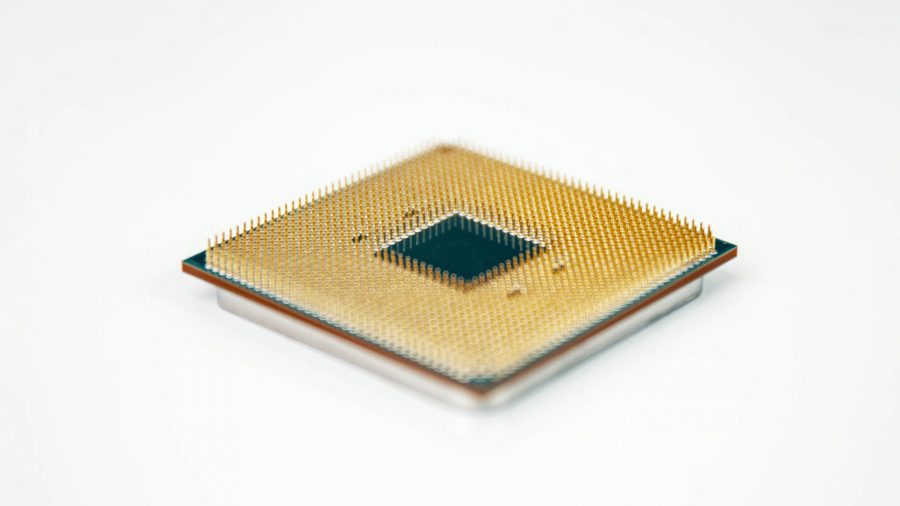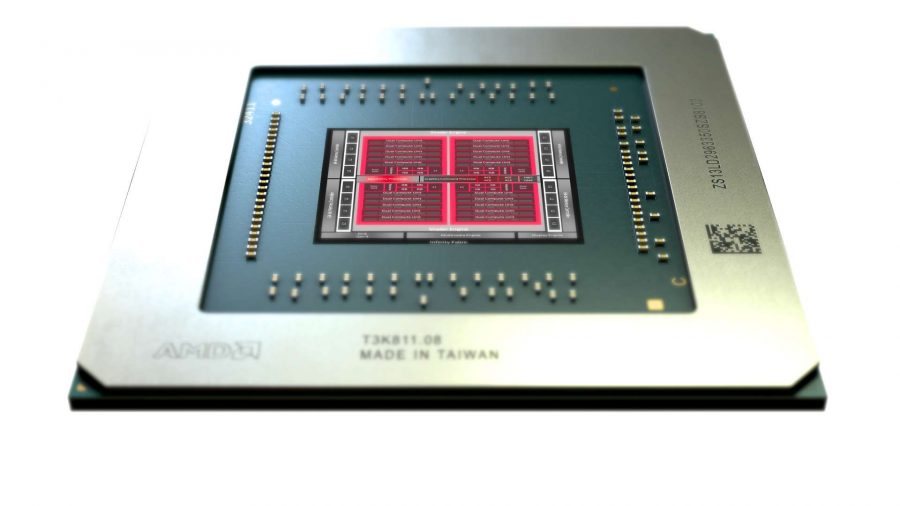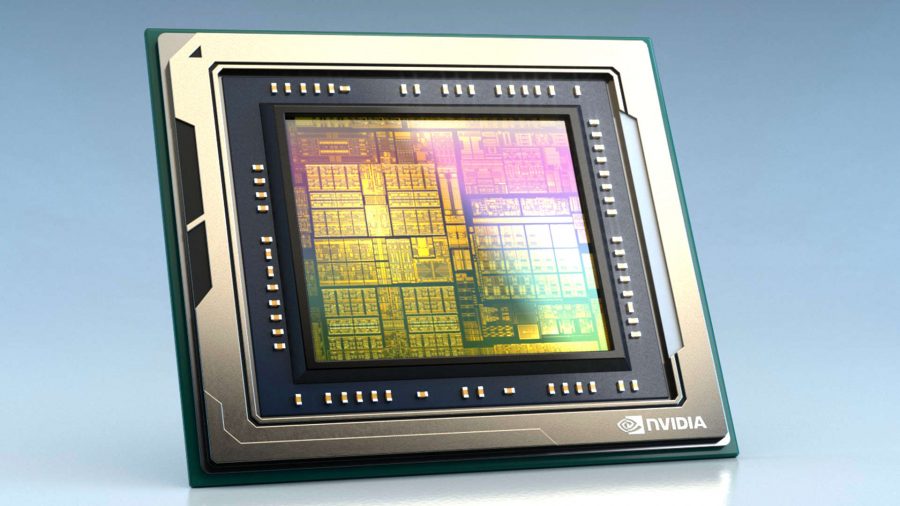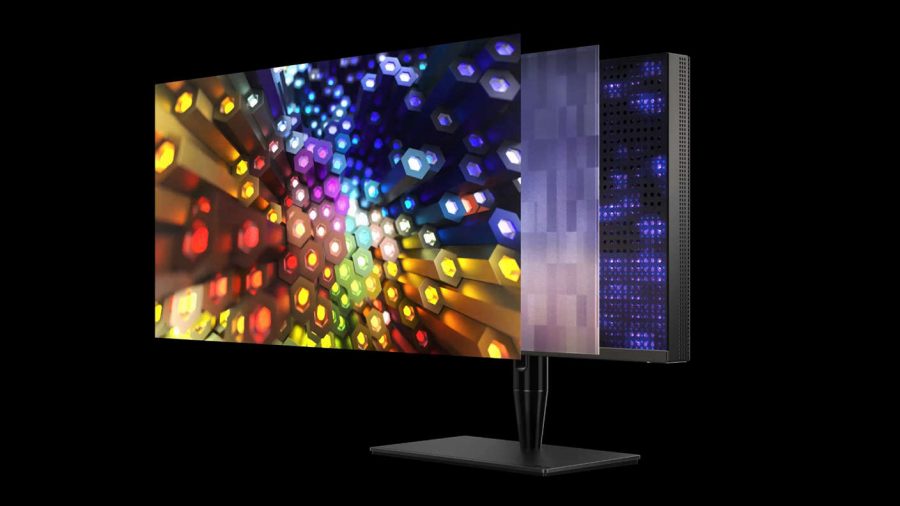The next year certainly has a lot of neat new tech about it, but is 2020 really going to be that exciting a time for the PC tech aficionado? All the key players will be dropping their latest hot jams, from new graphics cards to new processors, but beyond that, what have we really got to be excited about?
There may be some movement around virtual reality with a certain developer making a welcome return to actually making games, gaming monitors might get a little brighter and more accurate, but really it’s all about our classic PC upgrade cycle. More CPUs and more GPUs to add to the benchmark pile.
After all, there’s unlikely to be much exciting happening in the world of mice and keyboards. Wireless mice, and wirelessly charging mice, are already a thing, optical sensors are already pretty awesome, and mechanical switches… well, beyond optical switches where do you go now? Even lower low-profile? Who knows, maybe the DualShock 5 will be a thing of wonder when the PS5 launches, and will offer unprecedented levels of control and interaction. We’re sure as hell not going to get anything unexpected from Microsoft’s Xbox side…
We might have a side bet on a breakthough for AI and machine learning in gaming, but that’s no sure thing yet. There is at least one very exciting tech release this year, one that might not be just another iteration of existing hardware or architectures and might actually deliver something new. We can but hope…
Intel Xe GPU
Yes, this year Intel is actually going to release a discrete graphics card. Seriously. It’s actually going to happen. Probably, I mean, it’s not like Intel is still in the midst of a wide-ranging processor supply crisis, is it? Naaaaaaah. Anyways, the Intel Xe GPUs are going to be built on the 10nm production process, and so shouldn’t be affected by the ongoing 14nm supply problems that have blighted Intel’s recent history.
We’re still not entirely sure what form the discrete graphics cards will take, but we know they will be purely reference cards, with no AIBs yet onboard to make their own versions as they do with AMD and Nvidia. We’re expecting the first Intel Xe graphics card in the summer.
There seems to be a low-end GPU on the way, which looks to be sporting the same 1080p-capable 96 EU chip as Intel is using on the top-end Tiger Lake CPUs, but there are also reports of higher-spec silicon with far more execution units, and potentially impressive performance.
Intel Comet Lake
Intel is all about playing catchup in 2020. It’s catching up to the parallel computing benefits that having discrete GPUs represents, and it’s also catching up to AMD in offering a larger number of CPU cores in its mainstream platforms. The new Intel Comet Lake range is likely to launch in early 2020, potentially in April, and will appear with a 10-core, 20-thread processor as its flagship chip.
That’s not all for the headline Comet Lake news either, as Intel is taking the shackles off its HyperThreading tech and is rolling it out across the range now. So far we’ve seen tell of a six-core, 12-thread Core i5, which means there should also be a quad-core, eight-thread i3 chip on the way too.
That could at least give Intel some clout in the midrange CPU market… if it gets the pricing right, anyways. And, y’know, manages to sort out its 14nm production issues. Oh yeah, didn’t I mention? These chips are once more using the 14nm node, despite needing a whole new CPU socket and motherboard platform.
Intel Tiger Lake
Intel Tiger Lake is the next generation of Intel’s 10nm processors, probably restricted to the mobile space like Ice Lake has been, but will also be the first range of chips from the Intel skunkworks to come sporting the new Xe GPU architecture. Yes, not only is Intel releasing Xe as a discrete GPU, it’s also going to form the basis for all Intel graphics from the lowest-spec CPU to the exascale server-class GPUs.
Tiger Lake is also expected to run the updated Willow Cove CPU architecture, a step up from Ice Lake’s Sunny Cove design using a redesigned cache structure and some 10nm transistor optimisations too.
AI in games
AI and machine learning have been buzzwords in PC hardware for a few years now, with Nvidia GPUs tuned for the robot learning tech, and Microsoft even creating a DirectX API specifically for it in WinML and DirectML. But what about actually seeing the promise of improved AI in games?
Well, a quick look through the current state of the Game Developer Conference 2020 schedule you’ll see a whole lot dedicated to exactly that – how to implement both machine learning and AI advancements into gaming. Whether we’ll actually see that in games released in 2020 might be another matter, but we’re holding out hope.
AMD Renoir/Ryzen 4000 APUs
AMD isn’t resting on its laurels in 2020 and we’ll once more see a host of new tech coming from the red team throughout the next 12 months. The first of which will likely be the new AMD Renoir APUs. These will be the first to utilise the Zen 2 CPU architecture found in the current Ryzen 3000 processors, and will combine it with a relatively powerful GPU component. We’re still not 100% sure which graphics architecture AMD is going to use, but the current expectation is for a slightly modified version of the Vega GPU, and not Navi, to be found in the next-gen APUs.
But while the graphics might be last-gen, AMD is ensuring you won’t be missing out on the CPU side as it’s dropping in a full eight-core chip with simultaneous multithreading (SMT) into the bargain. That means you’ve have both high-end processing, and some pretty high performance graphics in your AMD Ryzen 4000 APU.
AMD Zen 3/Ryzen 4000 CPUs
While the Zen 2 APUs will launch the Ryzen 4000 generation of AMD chips, it will be the Zen 3-based CPUs that will likely make all the big news for the Ryzen 4000 series in 2020. There have been some mixed messages from AMD around Zen 3. The Papermaster has previously said that it will be offering “modest device performance opportunities” with its next 7nm+ implemention, but more recent suggestions from Forest Norrod are claiming that Zen 3 will be “a completely new architecture” and we should expect double digit IPC growth.
That could potentially be massive for AMD, and could finally give it a definitive IPC performance lead over the Intel competition. And, at this stage, that’s far more important in terms of gaming pace than for it to constantly bump up the available core count for the AM4 platform.
When will the Zen 3 Ryzen 4000 chips launch? We’re not sure. AMD launched the initial Ryzen processors around March, then April for the second-gen, then July for Ryzen 3000, and there have been rumours that the Ryzen 4000 parts might be even closer to the end of 2020.
AMD RDNA 2.0… Big Navi?
AMD’s RDNA 2.0 should see the light of day in 2020, but quite what form that will take is tough to say. Will it still be classed as a Navi architecture? Will it finally deliver us the ‘Big Navi’ GPU, the culmination of the prophecy of an ‘Nvidia Killer’ graphics card? Or will RDNA 2.0 be resolutely tied to the next-gen consoles and never see the light of day on PC?
Whatever happens, this is the set to be the first AMD GPU architecture to actively support hardware-based ray tracing, something both Sony and Microsoft have demanded for their next-gen console boxes, and something AMD has promised.
We’re expecting some form of Navi GPU to arrive early in 2020, following the ill-fated Radeon VII precedent, but not to come sporting the RDNA 2.0 design. That’s more likely to be a mighty mid-ranger of the RX 5600 XT persuasion.
Nvidia Ampere… or Hopper?
Nvidia will be unleashing its next generation of graphics architecture on the wider world in 2020. That’s exciting, right? It looks like it’s getting its first outing in the Orin chip for automotive, which is maybe less exciting, but does at least confirm there is a next-gen GPU architecture close to being ready to roll.
What it’s going to be called, and whether it’s actually going to be the same one dropped into the 7nm Samsung-built gaming GPUs expected late 2020, well… we’re still completely in the dark about that. Is it Nvidia Ampere? Is it Nvidia Hopper? Who knows? Does it matter? Only for SEO… There’s a chance we might see a similar situation to Volta and Turing, where one was only ever a professional architecture.
But what can we expect from the new gaming GPU architecture. A stunning piece of investigative journalism from WCCFTech has uncovered the exclusive information that it’s going to have higher rasterised gaming performance, improved ray tracing performance, and increased efficiency. Now those are all things you’d only know if you had credible insider knowledge…
Half-Life: Alyx might revitalise VR
Whatever your personal feelings towards the fact that the first new instalment in the Half Life franchise is going to be a VR exclusive title, there’s no denying the fact that it’s going to be the most eagerly anticipated virtual reality game, potentially ever. And that could have a huge impact on the VR industry, giving it a vital filip at a time when interest has drastically tailed off.
Half-Life: Alyx is launching in March 2020 and that could genuinely be a red letter day for both virtual reality and Half-Life fans alike.
And if it’s frickin’ awesome then gamers could well be falling over themselves to bag a VR experience, and drop a whole heap of cash on a headset and a rig to match it. Given that it’s going to be designed with the Valve Index setup in mind from the get go, that’s probably the system that’s going to benefit the most from Half-Life: Alyx’s potential success.
MiniLED gaming monitors
Do your retinae not hurt enough staring down the barrel of a 1,000cd/m2 gaming monitor? Then I’ve got some good news for you. In 2020 you’re going to be able to punish those miserable retinae with MiniLED monitors sporting 1,600cd/m2 of peak luminance. That’ll show em.
The promise of MiniLED screens is their ability to almost mimic the benefits of OLED screen technology without having to rely on the ultra-expensive panels, by using IPS screens and a vast array of MiniLED backlights. We’re talking super high contrast ratios, variable refresh rates, support for Dolby Vision, HDR10, and hybrid log gamma – for all your HDR needs – and wide gamut support for Rec. 2020 and sRGB.
Asus showed off its ProArt panel at IFA in September, promising availability in the first quarter of 2020. Panel manufacturer, AU Optronics, has also announced MiniLED displays, sporting 144Hz refresh rates and over 1,000 local dimming zones for that all-important HDR contrast. It’s also announced a 17-inch notebook version with 1,000cd/m2 peak luminance capabilities too.
